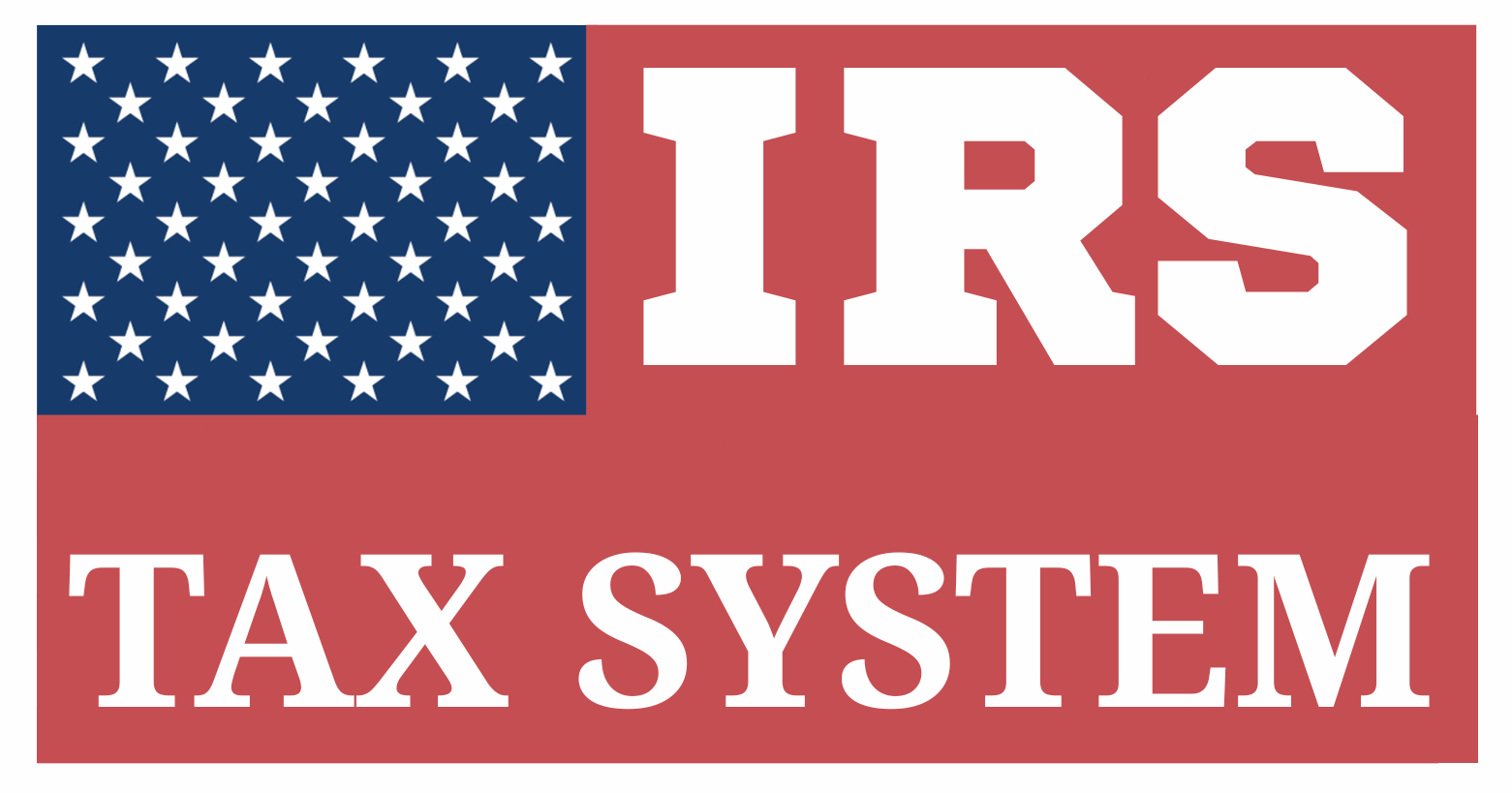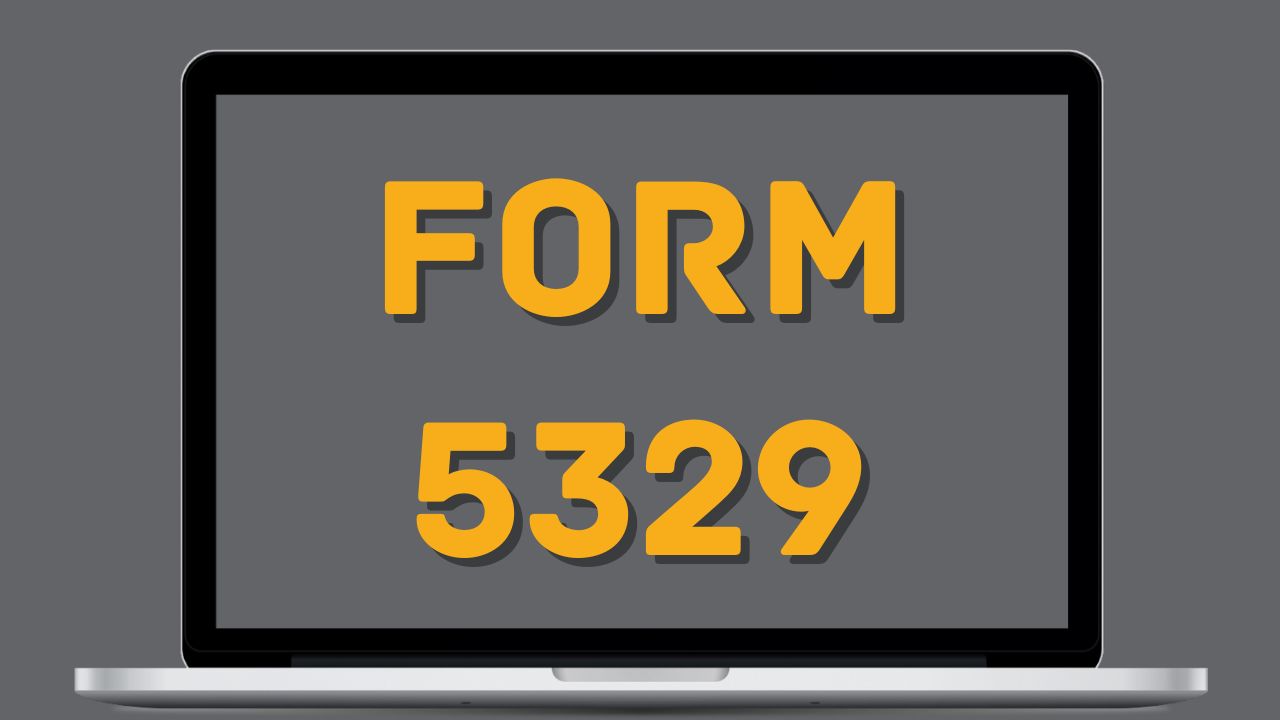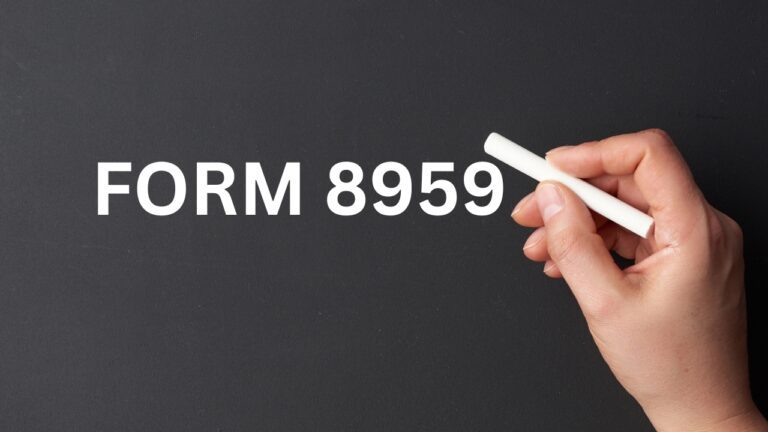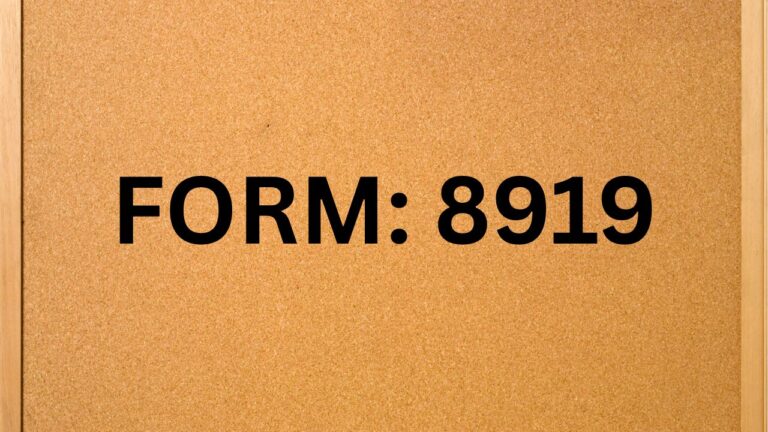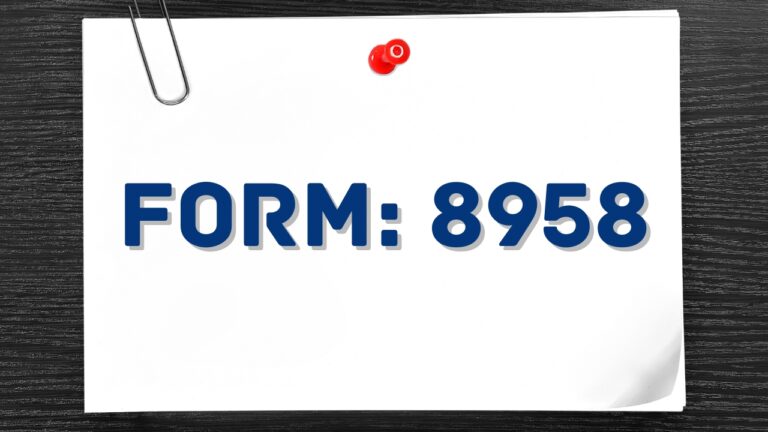Form 5329: Maximize Savings on Qualified Plans & Tax-Favored Accounts
Table of Contents
Everything You Need to Know About Form 5329 and Its Impact on Your Tax-Favored Accounts
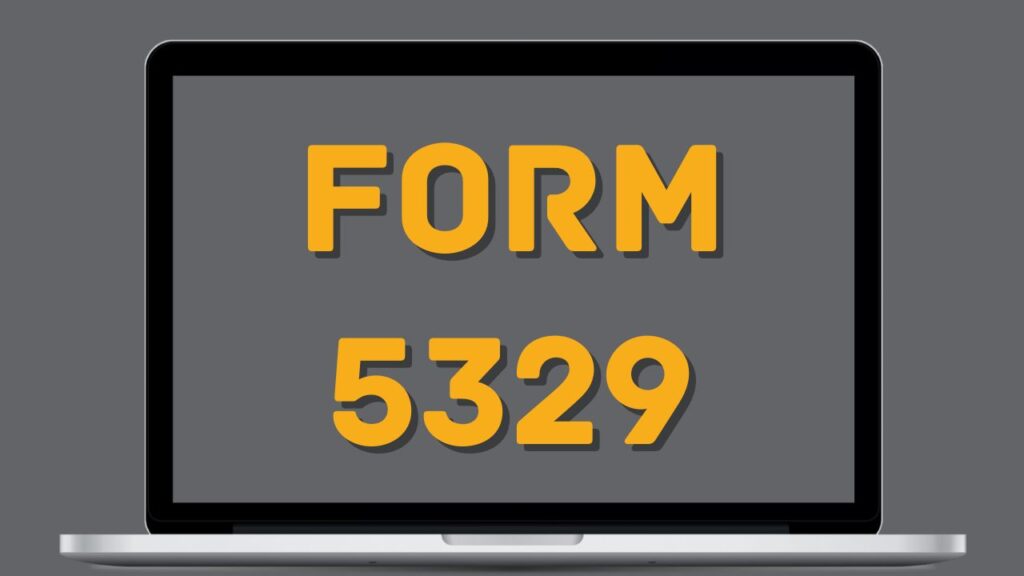
IRS Form 5329 is a supplemental tax form used to report additional taxes associated with early withdrawals, excess contributions, and missed distributions from tax-advantaged retirement and savings accounts. It also allows taxpayers to claim exceptions to certain penalties imposed by the Internal Revenue Code.
What Is the Purpose of Form 5329?
Form 5329 serves multiple functions. It allows taxpayers to:
- Report early distributions from retirement accounts (like IRAs or 401(k)s) before age 59½ that are typically subject to a 10% additional tax.
- Report and calculate excess contributions to:
- Traditional and Roth IRAs
- Coverdell Education Savings Accounts (ESAs)
- Health Savings Accounts (HSAs)
- Archer Medical Savings Accounts (MSAs)
- ABLE accounts (tax-advantaged savings accounts for individuals with disabilities)
- Calculate excise taxes for failing to take Required Minimum Distributions (RMDs) from retirement accounts after reaching the applicable age.
- Claim exception codes to avoid penalties for early withdrawals if they meet certain IRS-defined criteria (e.g., disability, medical expenses, education costs, or first-time home purchase).
- Report tax recapture from misuse or incorrect distributions of education-related or tax-deferred accounts.
Who Should File IRS Form 5329?
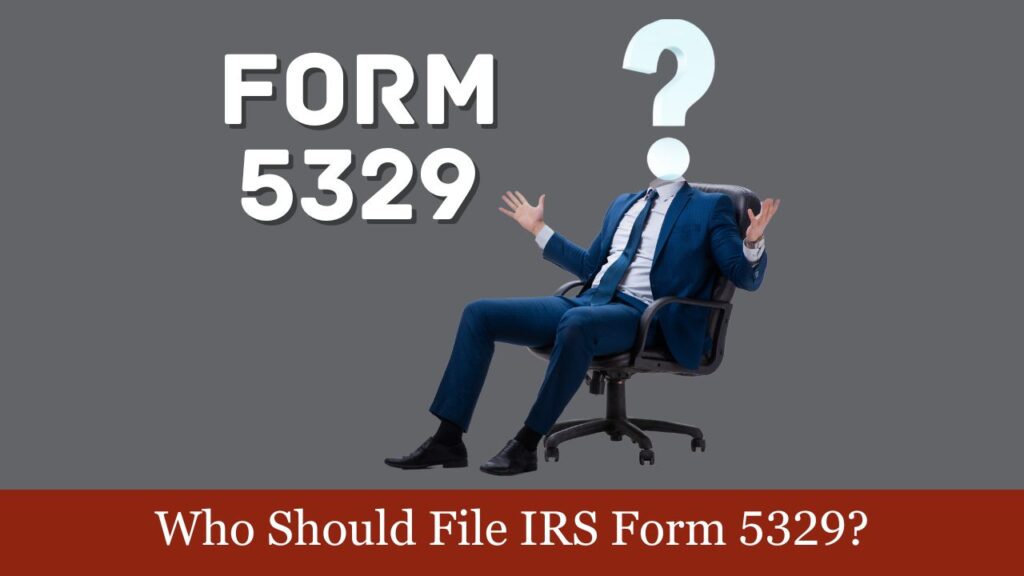
IRS Form 5329 must be filed by taxpayers who owe additional taxes on retirement or other tax-favored accounts—or who wish to claim an exception to those taxes. It applies in cases involving early withdrawals, excess contributions, or failure to meet distribution requirements.
Below are the specific categories of taxpayers who must or should file Form 5329:
1. You Took an Early Withdrawal Before Age 59½
If you received money from a retirement plan (such as a traditional IRA, SEP IRA, SIMPLE IRA, 401(k), or 403(b)) before turning 59½, and the distribution is not fully exempt from penalties, you must file Form 5329 to:
- Report the 10% additional tax on early distributions (Part I)
- Claim a qualified exception to avoid the penalty (e.g., medical expenses, disability, education)
Example: At age 45, you withdrew $15,000 from your IRA. Unless you qualify for an exception, you owe $1,500 (10%) in additional tax and must report it on Form 5329.
2. You Contributed More Than the Allowed Limit to an IRA
If you made excess contributions to a traditional or Roth IRA and did not withdraw the excess by the IRS deadline (usually April 15 of the following year), A 6% excise tax applies annually to the excess contribution amount. You must:
- Use Part II to disclose Traditional IRA overcontributions, and Part III for Roth IRA excesses .
- Continue reporting the penalty annually until the excess is corrected
Example: You deposited $8,500 into a Roth IRA, exceeding the $7,000 limit. The $1,500 excess is subject to a 6% penalty ($90) and must be reported on Form 5329.
3. You Failed to Take Required Minimum Distributions (RMDs)
Once you reach age 73 (starting in 2023 under SECURE 2.0), you’re required to take minimum distributions from your traditional IRA or employer-sponsored plan. Missing the deadline or under-withdrawing triggers a 25% excise tax on the shortfall—reducible to 10% if corrected promptly. You must:
- Use Part VIII of Form 5329 to compute and report the RMD penalty
- Request a waiver by showing “reasonable cause” and attaching a written explanation
Example: You were required to withdraw $12,000 but took only $6,000. The $6,000 shortfall is subject to a $1,500 penalty (25%) unless waived.
4. You Made Excess Contributions to Other Tax-Favored Accounts
Form 5329 must also be filed if you over-contributed to the following accounts:
- Coverdell Education Savings Accounts (ESAs) – Report in Part IV
- Archer Medical Savings Accounts (MSAs) – Report in Part V
- Health Savings Accounts (HSAs) – Report in Part VI
- ABLE Accounts – Report in Part VII
Each type of account has specific annual limits. Excess contributions incur a 6% excise tax each year until corrected or withdrawn.
5. You Are Claiming an Exception to the Early Withdrawal Penalty
Even if you don’t owe the 10% penalty, you must file Form 5329 to formally claim an exception. This applies when you meet IRS exception criteria, such as:
- Permanent disability
- Qualified higher education expenses
- Up to $10,000 can be withdrawn from an IRA penalty-free for a first-time home purchase
- Medical expenses >7.5% of AGI
- Unemployed health insurance premiums
- Substantially Equal Periodic Payments (SEPPs)
- Military reservist distributions
You must enter the correct exception code (e.g., Code 01–12) in Part I to avoid the penalty and substantiate your claim.
6. You’re Not Required to File a Tax Return but Need to Report Penalties
Even if you don’t need to file a federal tax return, you must still file Form 5329 separately if required:
- You owe any additional tax related to early withdrawals, RMDs, or excess contributions
- You want to correct or report past-year excesses and claim a reduction in penalties
Form 5329 Instructions
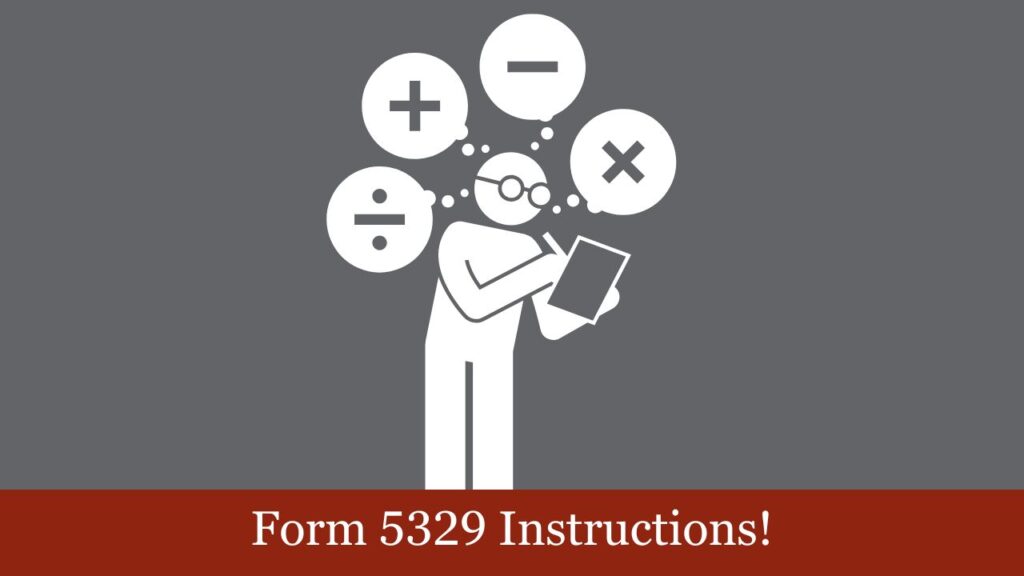
IRS Form 5329 is organized into nine distinct parts, each addressing a specific type of additional tax or exception related to retirement plans and tax-advantaged savings accounts.
Each part is independent, meaning you only need to complete the parts relevant to your situation.
Part I – Additional Tax on Early Distributions
- Applies if you took money out of a traditional IRA, 401(k), 403(b), or other qualified retirement plan before age 59½.
- A 10% penalty typically applies to early distributions unless an exception is met.
- You must enter the amount of the early distribution, calculate the penalty, and provide an exception code (e.g., for disability, medical expenses, education, etc.) if applicable.
Part II – Tax on Excess Contributions to Traditional IRAs
- If you contributed more than the annual limit to a traditional IRA and didn’t withdraw the excess in time, you must pay a 6% excise tax.
- This part calculates the penalty and determines if any prior year excess contributions still remain.
Part III – Roth IRA Excess Contribution Excise Tax
- Similar to Part II, but applies specifically to Roth IRAs.
- Also calculates the 6% excise tax on excess contributions not removed by the due date.
Part IV – Tax on Excess Contributions to Education Savings Accounts (ESAs)
- Applies to Coverdell ESAs if total annual contributions exceed the $2,000 per beneficiary limit.
- Any excess not withdrawn is subject to a 6% penalty.
Part V – Tax on Excess Contributions to Archer MSAs
- For Archer Medical Savings Accounts (MSAs), if you exceed your contribution limit, this part applies the 6% excise tax.
Part VI – Tax on Excess Contributions to Health Savings Accounts (HSAs)
- Reports excess HSA contributions, which are also subject to a 6% excise tax unless timely withdrawn.
Part VII – Tax on Excess Contributions to ABLE Accounts
- A 6% penalty applies to any amount contributed above the ABLE account limit.
Part VIII – Additional Tax on Failure to Take Required Minimum Distributions (RMDs)
- This part calculates the 25% excise tax (or 10% if corrected timely) on RMDs not taken by the deadline from:
- Traditional IRAs
- SEP IRAs
- SIMPLE IRAs
- Retirement plans
- You can also request a waiver of the penalty if you had a reasonable cause for missing the RMD.
Part IX – Additional Tax on Income Recapture
- Applies if distributions from Coverdell ESAs, qualified tuition programs (QTPs), or ABLE accounts are used for non-qualified expenses.
- Use this part to recapture previously claimed tax advantages.
How to File IRS Form 5329
Filing IRS Form 5329 properly is essential to report additional taxes or avoid unnecessary penalties. Here’s a breakdown of the process:
Step 1: Determine Which Parts Apply
- Carefully review each part to determine which sections you must complete.
- Most people only need one or two parts (e.g., early withdrawal or RMD).
Step 2: Gather Necessary Information
You’ll need the following before you begin:
- Statements like Form 1099-R, Form 5498, or HSA/IRA records documenting contributions or withdrawals
- Dates of transactions
- Total amounts withdrawn or contributed
- Age and eligibility status
- Documentation for exception claims (if applicable)
Step 3: Complete Only Relevant Sections
- Fill out only the applicable parts of the form.
- If claiming an exception, enter the appropriate exception code in Part I, Line 2.
- In Parts II–VII, calculate excess contributions and associated excise tax.
- In Part VIII, compute the RMD shortfall and the penalty tax or request a waiver with a written explanation attached.
Step 4: Attach to Your Tax Return (If Required)
- If you are filing Form 1040, 1040-SR, or 1040-NR, attach Form 5329 to your return.
- The total additional tax from Form 5329 should be included on:
- Schedule 2 (Form 1040), Line 8
Step 5: File Form 5329 Separately (If Needed)
- If you’re not required to file a tax return, but owe a penalty or want to claim an exception, you may file Form 5329 by itself.
- Send it to the IRS address designated for Form 1040 filings in your state (see IRS website: Where to File Paper Tax Returns).
How to Calculate Amounts on IRS Form 5329
Form 5329 involves calculating additional taxes on retirement plans and tax-favored accounts. Here’s how to compute amounts under each relevant part:
Part I – Additional Tax on Early Distributions
Scenario: You withdrew money from a retirement account before age 59½.
Calculation:
- Find the taxable amount of the early distribution.
(This will be reported to you on Form 1099-R, Box 2a.) - Multiply the taxable amount by 10%.
Formula:
Early Distribution Amount × 10% = Additional Tax
Example:
You took a $20,000 early withdrawal from your traditional IRA with no qualifying exception.
$20,000 × 10% = $2,000 additional tax
Enter this on Form 5329, Line 1.
If you qualify for an exception (e.g., Code 01–12), you’ll:
- Enter the exception amount on Line 2.
- Subtract it from Line 1 and report the penalty on Line 3.
Part II & III – Excess Contributions to Traditional or Roth IRAs
Scenario: You contributed more than the allowable annual limit.
Steps:
- Determine your total contribution.
- Deduct the annual contribution limit ($7,000 for 2024, or $8,000 if you’re 50 or older).
- The excess amount is subject to a 6% excise tax.
Formula:
Excess IRA Contribution × 6% = Tax Owed
Example:
You contributed $9,000 to a Roth IRA in 2024, but your limit was $7,000.
$2,000 excess × 6% = $120 tax
Report this in Part III, Line 24.
You must continue reporting this tax each year until the excess removed or corrected.
Part VI – Excess Contributions to HSAs
Scenario: You over-contributed to a Health Savings Account (HSA).
Calculation:
- Determine your contribution amount.
- Compare to the IRS limit (e.g., $4,150 for self-only, $8,300 for family in 2024).
- Multiply any excess by 6%.
Formula:
Excess HSA Contribution × 6% = Tax Owed
Example:
You contributed $9,300 to your family HSA in 2024 (limit: $8,300).
$1,000 excess × 6% = $60 tax
Report in Part VI, Line 47.
Part VIII – Failure to Take Required Minimum Distributions (RMDs)
Scenario: You did not take the full RMD from your traditional IRA after age 73.
Steps:
- Determine the RMD required.
- Subtract the amount you actually withdrew.
- The shortfall is subject to a 25% penalty (or 10% if corrected timely).
Formula:
RMD Shortfall × 25% = Excise Tax (or 10% if reduced)
Example:
You were required to take a $12,000 RMD but only withdrew $7,000.
$12,000 – $7,000 = $5,000 shortfall
$5,000 × 25% = $1,250 excise tax
Report in Part VIII, Line 54.
Waiver Tip: If you missed your RMD for a valid reason (e.g., medical issue), write a reasonable cause statement and check the box on Line 55 to request a waiver.
Part IX – Tax Penalties for Ineligible ESA or ABLE Withdrawals
Scenario: Distributions from your ESA or ABLE account were used for non-eligible expenses
Steps:
- Calculate the taxable portion of the distribution (reported on Form 1099-Q or 1099-QA).
- Add to income and pay any additional taxes using applicable rate.
This part does not always have a flat excise tax—it depends on the type of recaptured income.
Where to Report the Final Tax Amount
After completing the applicable parts of Form 5329:
- The total additional tax calculated on the final line of the relevant part (usually Line 3, 25, 36, 47, or 54) must be:
- Entered on Schedule 2 (Form 1040), Line 8
- Then carried to Form 1040, Line 23 (Other Taxes)
Summary Table: Tax Calculations by Part
| Form 5329 Part | Situation | Tax Rate | Formula |
| Part I | Early withdrawal from retirement account | 10% | Distribution × 10% |
| Part II/III | Excess IRA contributions | 6% annually | Excess × 6% |
| Part IV–VII | Excess ESA, MSA, HSA, or ABLE contributions | 6% annually | Excess × 6% |
| Part VIII | Missed RMD | 25% or 10% | Shortfall × 25% (or 10% if eligible) |
Form 5329 Penalties and Compliance
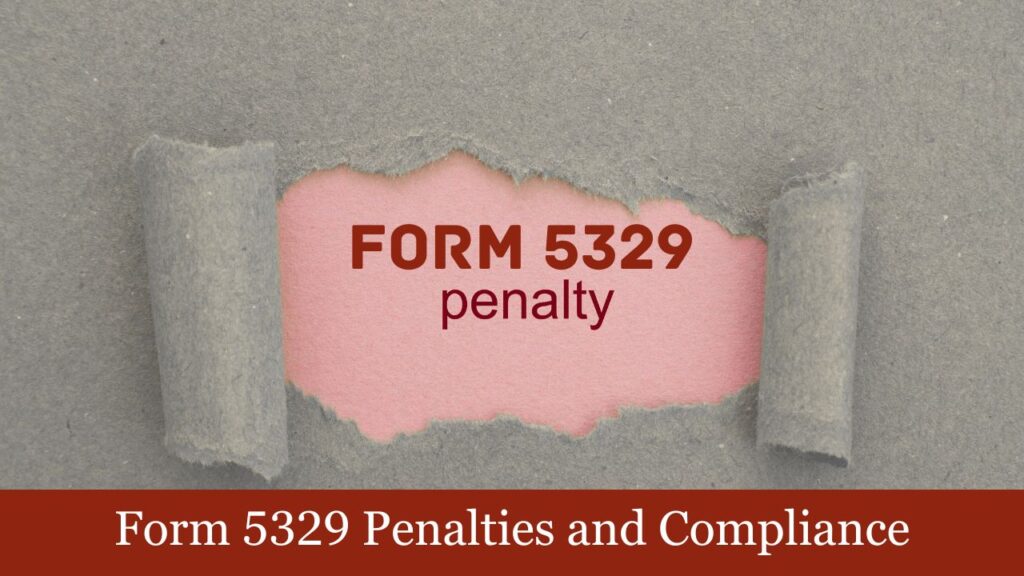
IRS Form 5329 plays a crucial role in ensuring taxpayers report, calculate, and pay additional taxes related to tax-favored retirement and savings accounts. Failure to comply can result in significant penalties, interest charges, and disqualification of future tax benefits.
Penalties Under Form 5329
1. Early Withdrawal Penalty (Part I) – 10% Additional Tax
Penalty:
If you withdraw money from a qualified retirement account before age 59½ without a valid exception, you must pay an additional 10% tax on the taxable portion of the distribution.
Non-compliance results in:
- Back taxes owed on unreported early distributions
- Interest on the unpaid penalty
- Potential accuracy-related penalties or audits
Example: Withdrawing $25,000 from a traditional IRA at age 45 without an exception triggers a $2,500 early withdrawal penalty.
2. Excess Contribution Penalties (Parts II–VII) – 6% Excise Tax
Penalty:
If you contribute more than the IRS-allowed amount to IRAs, HSAs, MSAs, ESAs, or ABLE accounts, the excess is subject to a 6% penalty each year until removed.
Compliance failure may lead to:
- Compounding annual 6% penalties
- Ineligibility for future contributions
- Additional reporting obligations in subsequent years
Example: An excess HSA contribution of $2,000 results in a $120 penalty per year until the excess is withdrawn or corrected.
3. Missed Required Minimum Distributions (Part VIII) – 25% Excise Tax
Penalty:
If you fail to take the full Required Minimum Distribution (RMD) from your IRA or retirement plan by the deadline, you are subject to a 25% penalty (reduced to 10% if timely corrected under SECURE Act 2.0).
Non-compliance may result in:
- Immediate excise tax liability
- Loss of tax-deferred status for the account
- IRS scrutiny and required reasonable cause explanations
Example: Missed RMD of $10,000 → Penalty = $2,500 (or $1,000 if corrected promptly).
4. Recapture of Educational or ABLE Account Income (Part IX)
Penalty:
If non-qualified distributions are taken from Coverdell ESAs, QTPs, or ABLE accounts, you may be subject to:
- Regular income tax on earnings portion
- 10% additional tax unless an exception applies
Conclusion: Understanding and Filing IRS Form 5329
IRS Form 5329 is a crucial compliance tool for taxpayers dealing with retirement and other tax-favored accounts. It ensures proper tax reporting for early withdrawals, excess contributions, and missed distributions—and allows eligible individuals to claim penalty exceptions. Failing to file or misreporting can lead to steep penalties, so accurate and timely submission is key
Frequently Asked Questions (FAQs)
What is Form 5329 for?
To report penalties on early withdrawals, excess contributions, or missed RMDs.
Who must file it?
Anyone owing additional tax on IRAs, HSAs, MSAs, ESAs, or ABLE accounts.
Can I file it alone?
Yes, if you’re not filing a full tax return but owe penalties.
What’s the penalty for not filing?
You may face extra taxes, interest, and IRS penalties.
Where do I report the tax?
On Schedule 2, Line 8, which flows to Form 1040, Line 23.
Can penalties be waived?
Waivers are available for missed RMDs if you provide a valid explanation and request relief.
What is the early withdrawal penalty?
10% of the taxable amount withdrawn before age 59½, unless exempt.
What is the excess contribution penalty?
6% annually until the excess is corrected.
When is it due?
Attach it to your Form 1040 by April 15, or by the extended deadline of October 15.
